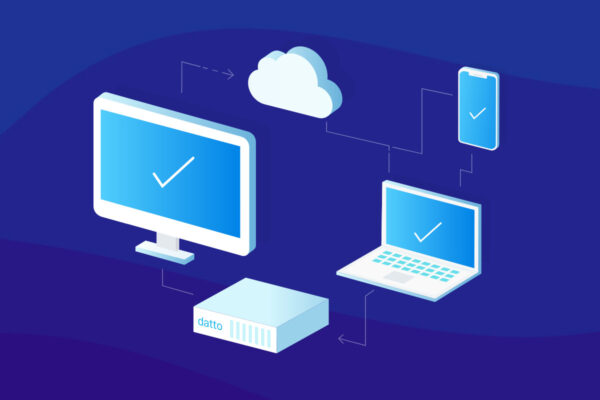How to Dual Boot and Virtualize the Same Partition on Your Computer
Each operating system has its strengths and weaknesses, which is why running more than one OS on your hardware is advantageous; it gives you the best of both worlds.
There are many reasons one would want to switch between operating systems. For example, some operating systems are better equipped to handle tasks like file management, memory management, process management, while others have preferable security infrastructure.
Learn the differences between dual booting and virtualization, and how to dual boot and virtualize the same partition on your computer.
Dual Boot vs. Virtualization
There are two ways of running multiple operating systems: dual booting and virtualization. Each option comes with its own set of pros and cons.
A dual boot gives each OS its own partition on a hard drive, which is ideal. However, the drawback is that you can’t run both operating systems at once. Still, dual booting is the preferred method for tasks that require a lot of power, as it doesn’t limit your hardware’s performance.
Virtualization means creating a virtual environment within your operating system, and it enables you to launch an additional operating system within the one you’ve already launched. This method comes with security advantages and allows you to run multiple operating systems simultaneously, allowing you to do things like share files between systems. The drawback is performance takes a substantial hit.
Luckily, you don’t have to pick; it’s possible to do both in the same partition on your computer.
How to Virtualize in The Same Partition
Learn how to dual boot and virtualize on a Windows and Mac below:
Here are the steps for Windows users to virtualize a Linux partition:
1. Make a new virtual machine in Windows.
2. Make a GRUB ISO in Linux.
3. Boot into the new virtual machine in Windows.
Here are the steps for Mac users to virtualize a Windows partition:
You can do this via Parallels or VMWare Fusion.
- Start Parallels Desktop in macOS
- Bring up the Installation Assistant
- Select “Use Windows from Boot Camp” and hit “Continue”
- Start VMWare Fusion in macOS
- Select “Virtual Machine Library” via “Window” in the menu bar
- Click the Boot Camp thumbnail and follow onscreen instructions




